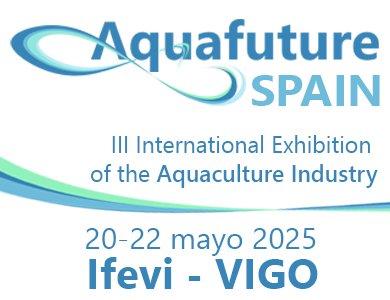Vietnam.- EU was the largest export market of Vietnamese shrimp in the first quarter of this year. In the first quarter, the export value of shrimp from Vietnam to the EU gained a year-on-year increase of 20.2 percent to 742.9 million USD, including 302.4 million USD in March, up 25.8 percent compared to March 2017.
Therefore, the EU maintained its position as the largest market for Vietnamese shrimp products, accounting for 18.2 percent of Vietnam’s total shrimp export value in the first quarter.
The EU was considered as the “most dynamic” market for Vietnamese shrimp in 2017. In 2018, the shrimp export to this market has maintained an upward trend.
Vietnam has gained by exporting shrimp to the EU, because India, Vietnam’s big competitor in the EU market, has faced difficulties in exporting shrimp to the EU market as a result of antibiotic residue testing. In addition, Vietnamese shrimp is more affordable than its competitors’ products and has the advantage of gaining the GSP (Generalised System of Preferences) from the EU that Thailand and China do not have.
The Ministry of Industry and Trade said in the time to come, Vietnam’s shrimp exports to the EU would see more advantages, once the European Union-Vietnam Free Trade Agreement, which is in the preparation phase, takes effect. As committed, after the agreement comes into effect, Vietnamese goods, including shrimp products, will enjoy special preferential tariffs.
Vietnam’s shrimp export in the second quarter is expected to continue to increase due to an adequate supply of raw materials for processing plants and a stable demand in the world market.
Source: VASEP

